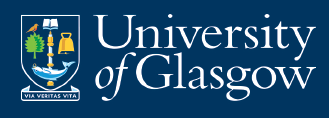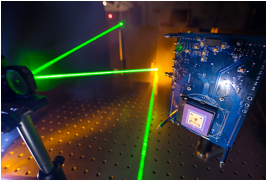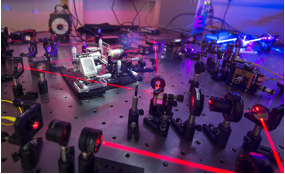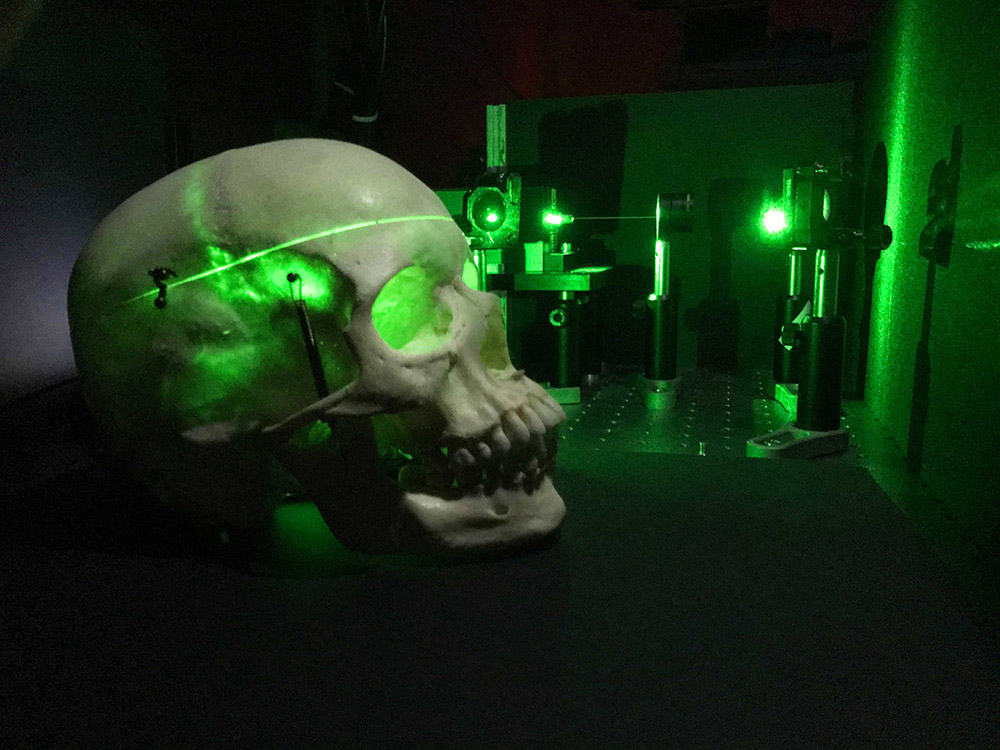|
Computational and Quantum Imaging Lab
A new generation of single photon detectors and cameras allow us to record images at a trillion frames per second, sufficient to freeze light in motion. We have used these for example for imaging behind corners and imaging through scattering media.
Imaging behind corners allows to track and locate moving objects, for example a car or person even when these cannot be directly seen with applications for self-driving cars and surveillance.
Imaging through scattering media allows to image directly inside the human body or to image through multimode fibres with many medical applications.
These imaging capabilities are obtained by fusing together new detector technologies and new computational techniques, including inversion approaches and deep learning with neural networks. We are also developing next-generation quantum microscopes that use quantum entanglement and quantum sensing.
This research is funded through the Quantum Technology Hub for Quantum Imaging, QuantIC, through the EPSRC project UltraImage (project ended), the Leverhulme Trust, Google and DSTL.
|
|
Quantum Fundamentals Lab
The Quantum Fundamentals Lab works on a series of projects, bridging quantum sensing/imaging and quantum fundamentals.
Hong-Ou-Mandel (HOM) interference is an exquisitely quantum effect: two photons hitting a beamsplitter from opposite sides and at the same time will exit bunched together. This effect can be used to precisely time the propagation of photons through free space or through a material. We have used to demonstrate that photons travel slower than speed of light in a vacuum and also that ``twisted'' photons (photons with angular momentum) travel slightly faster than un-twisted photons. By applying information theory concepts to the experiment design, we have also shown that the ultimate resolution of a HOM interferometer can rival that of standard phase-sensitive interferometers, achieving attosecond time-of-flight resolution. Combining this high-precision technique with quantum imaging techniques will hopefully lead to improved microscopes. We apply these techniques to the investigation of the interplay between non-inertial motion or gravity and entanglement.
This research has been funded through the EPSRC programme grant "The Physics and Technology of Photonics Metadevices and Metasystems", the EPSRC project SURF, the European Research Council, ERC fellowship "Light in Moving Media" (ended in 2017) - and is currently funded through the EU FET-Open project, "Q-MIC" the Leverhulme Trust and EPSRC
|
|
Human Augmentation Lab (HAL)
HAL brings together our research activities aimed at developing and understanding the underlying physical principles for next generation technology that will augment human ability. The lab brings together physicists, engineers and computer scientists, collaborating with neuroscientists and biologists to understand the physics of human interactions and how to augment these with a blend of technology and AI.
Imaging the human brain.
Infrared light is strongly scattered by brain matter but much less absorbed. This provides the opportunity to use this light to image inside the head and extract information about brain activity and blood flow. Functional Near Infrared Spectroscopy is currently the gold standard in this field, yet there are still many unanswered questions regarding for example the opportunity for imaging in transmission through the head or remote imaging and the applications that this may have.
Echo-Sense: Augmented senses and situational awareness.
Bats use ultrasound echoes to detect prey and navigate. A similar principle can be used with light, radar and of course ultrasound sensor, and can be further enhanced by using also multi-path (i.e. multi-echo) information. Very simple systems, even a standard laptop, can now be transformed, using our AI, into full 3D imaging devices. These devices can be miniaturised and embedded into wearables and adapted for deaf/blind haptic-based navigation.
QUEST: bringing healthcare to the home.
Our QUEST project aims to develop the technology for future homes that will remotely monitor our health 24/7 and provide feedback from micro/macro movements, heart rate etc. Longitudinal tracking of health that is benchmarked against each individual person, will provide the underpinning data streams for tracking our daily routines and keeping us healthy.
|




